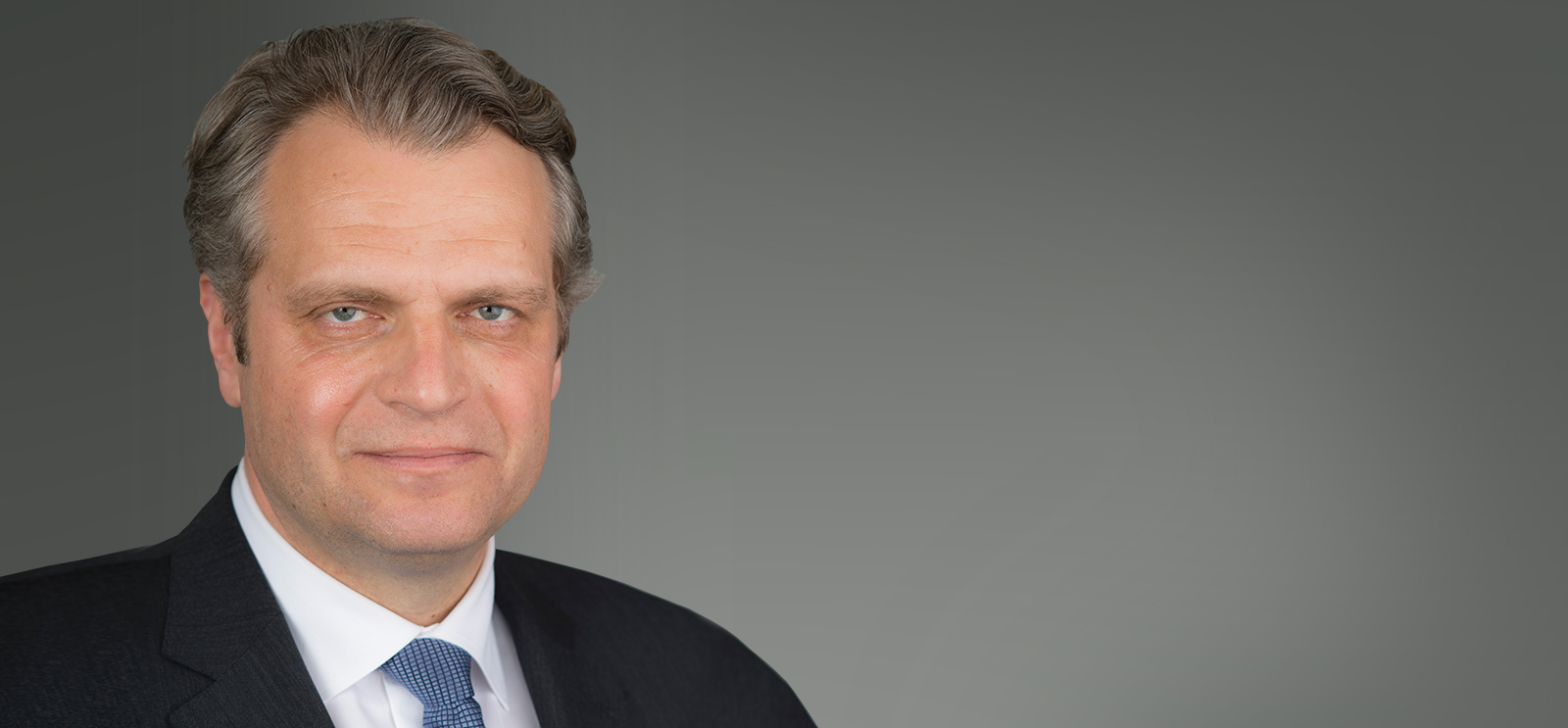
Daniel Diermeier has been provost of the University since July 2016. (Photo courtesy Office of the Provost)
Daniel Deirmeier offers an inside look at the activities and responsibilities of the Office of the Provost.
Most members of the University community are familiar with the role of a dean or the president. The work of the provost, however, is often more of a mystery. The Office of the Provost at the University of Chicago was established in 1963, when the title of vice president and dean of faculties was discontinued and Edward H. Levi, LAB’28, PhB’32, JD’35, was appointed as the first provost of the University.
Since then, the responsibilities of the provost’s office have expanded. They now include not only academic planning and appointments but also academic initiatives; arts programming; space planning and allocation; the University’s budget; diversity initiatives; faculty program developments; Campus and Student Life; the Office for Equal Opportunity Programs, which also serves as the University’s Title IX coordinator; and many other manners of academic and administrative support. The provost reports to the president and works in close collaboration with the president and the other University officers. As an officer of the University, the provost also interacts frequently with the Board of Trustees and its committees.
At an intuitive level, the provost’s office integrates the functions of chief academic officer and chief budget officer. As chief academic officer, the provost’s main responsibility is to enhance the University’s eminence in research, teaching, and direct impact activities, such as clinical work. In this function, the provost oversees the various schools and divisions, the College, and University-wide research institutes and centers, as well as a variety of academic initiatives. One of the most important roles of the provost is to maintain the highest academic standards in decisions related to appointments, tenure and promotion, and academic programs.
As chief budget officer, the provost’s main purpose is to allocate financial and other resources, such as space or administrative support, to advance the University’s mission. This integration of academic and budgetary oversight is characteristic of the University of Chicago, but it is not universally shared by other universities. At some universities, the budgetary process is largely decentralized. In the “every tub on its own bottom” approach, each entity is responsible for its own fiscal structure. Other universities split the roles of the chief academic and chief budget officer. In such cases the university’s chief financial officer, who is usually not a faculty member, oversees the budget, while the provost’s role is largely restricted to academic matters, such as appointments, promotion and tenure, and other programmatic decisions.
In contrast to the “every tub on its own bottom” model, at the University of Chicago there is one budget, approved by the Board of Trustees and managed and overseen by the provost. This more centralized structure reflects the University’s core belief in collaboration and interaction across boundaries, disciplines, and academic entities. In practice the Office of the Provost manages the budget in close collaboration with the deans and directors. At the beginning of every year, each dean and director receives a budget letter from the provost’s office that outlines the financial targets for each budget unit. These targets are the result of extensive discussions between the deans and directors and the provost’s office and reflect the unit’s strategic priorities in the context of overall University goals.
Budgetary targets are operating targets, not spending targets. That is, deans and directors are encouraged to not solely focus on the prudent spending of existing resources and cost control but to actively pursue additional revenue opportunities such as grants, gifts, and tuition to fund their programmatic goals. To facilitate long-term planning, units also receive rolling three-year targets. This is particularly important for developing long-term faculty hiring plans.
A structure that integrates academic and financial oversight reflects the University of Chicago’s firm belief that all administrative decisions, as well as the allocation of financial and other resources, must be made to advance the University’s core mission of academic eminence. Naturally, such decisions are never easy and are often difficult, but they are essential to ensure the University of Chicago’s long-term success.
